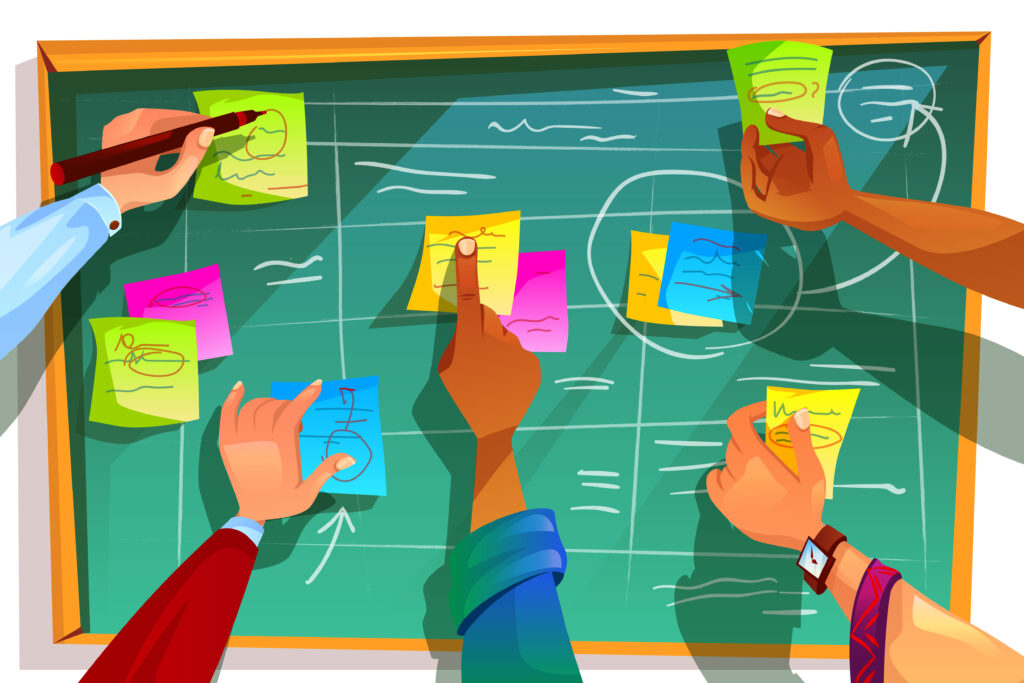
Welcome to the ever-evolving realm of Agile, where innovation and adaptability reign supreme. In this blog, we’ll embark on a journey through the intricacies of Agile methodology, shedding light on key concepts such as epics, product backlogs, and the agile process model.
Agile Method Unveiled
Agility is more than just a buzzword; it’s a way of life for modern businesses. The agile method, with its roots deeply embedded in iterative development and collaboration, has become the bedrock of successful project management. Agile‘s strength lies in its adaptability to change, ensuring teams can respond swiftly to evolving requirements and market dynamics.

Epic in Agile: The Grand Narratives
Enter the realm of epics in Agile – the grand narratives that define the larger scope of a project. Think of epics as the blockbuster stories, encompassing multiple user stories and serving as the backbone of strategic planning. These large-scale entities provide a holistic view, allowing teams to map out the overarching goals and milestones within an Agile framework.
Agile and Scrum Methodology: A Dynamic Duo
While the agile method sets the stage, the Scrum framework takes centre stage in many Agile implementations. Agile and Scrum methodology go hand in hand, with Scrum providing a structured approach to Agile’s fluidity. Scrum introduces roles like Scrum Master, Product Owner, and Development Team, creating a dynamic ecosystem for efficient collaboration and delivery.

Unveiling the Product Backlog in Agile
The heartbeat of any Agile project, the product backlog is a dynamic repository of features, enhancements, and fixes. It’s the to-do list that evolves as the project progresses. Each item in the product backlog represents a user story, bug, or enhancement, prioritized based on business value. Managing and grooming the product backlog ensures teams are always aligned with project objectives.

Agile Process Model: Navigating Iterative Success
The Agile process model, often iterative and incremental, is the compass guiding teams through development cycles. It emphasizes constant feedback, regular reassessment, and continuous improvement. The cyclical nature of the Agile process model ensures that teams can adjust their sails based on learnings from each iteration, fostering a culture of adaptability and excellence.
Conclusion: Sailing Towards Agile Excellence
In the dynamic seas of Agile, understanding the agile method, embracing epics, optimizing product backlogs, and navigating the agile process model are pivotal. This journey is not just about completing tasks; it’s about fostering a mindset of continuous improvement, collaboration, and customer satisfaction.
Embark on your Agile voyage today, armed with the knowledge of epics, backlogs, and the Agile method, and witness your projects set sail towards unparalleled success!








